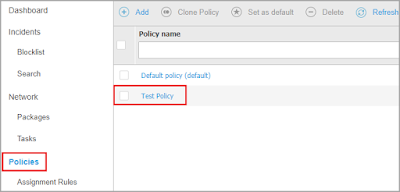This Web page is a complete guide to fix Sophos error 3005 using simple guidelines given below. It occurs when you are trying to uninstall the software.
- You have to create an account in the Sophos Administrator group to uninstall the Antivirus software.
- Press the Windows and R buttons together to launch the Run dialog box.
- Enter “compmgmt.msc,” and click on the OK button.
- When the Computer Management window appears, select the Local Users and Groups section to expand it.
- Open the Sophos Administrator group.
- If you don’t find the group, right-click on the Groups folder on the left panel and select New Group.
- Type the Group name as Sophos Administrator. Then, click on the Create button.
- Visit us for more details.











